As part of the 2025 Paris Air Show, Flightreviews.net had the privilege of being invited by Franco-Italian aircraft manufacturer ATR to (re)discover its ATR 72-600, engage directly with the teams on site, and gain deeper insight into the manufacturer's competitive strengths—particularly regarding the passenger experience. It was also a pleasure to reconnect with the ATR teams, whom we had already had the opportunity to meet during the 2023 edition of the Paris Air Show. This new visit offered a chance to explore the latest evolutions, including the HighLine project—a new initiative aimed at delivering a more premium onboard product for regional operations.
The ATR 72-600 showcased this year by Azul stood out with a refreshed cabin, staying true to the regional DNA of the aircraft while integrating comfort standards that could increasingly rival those of short-haul jets.
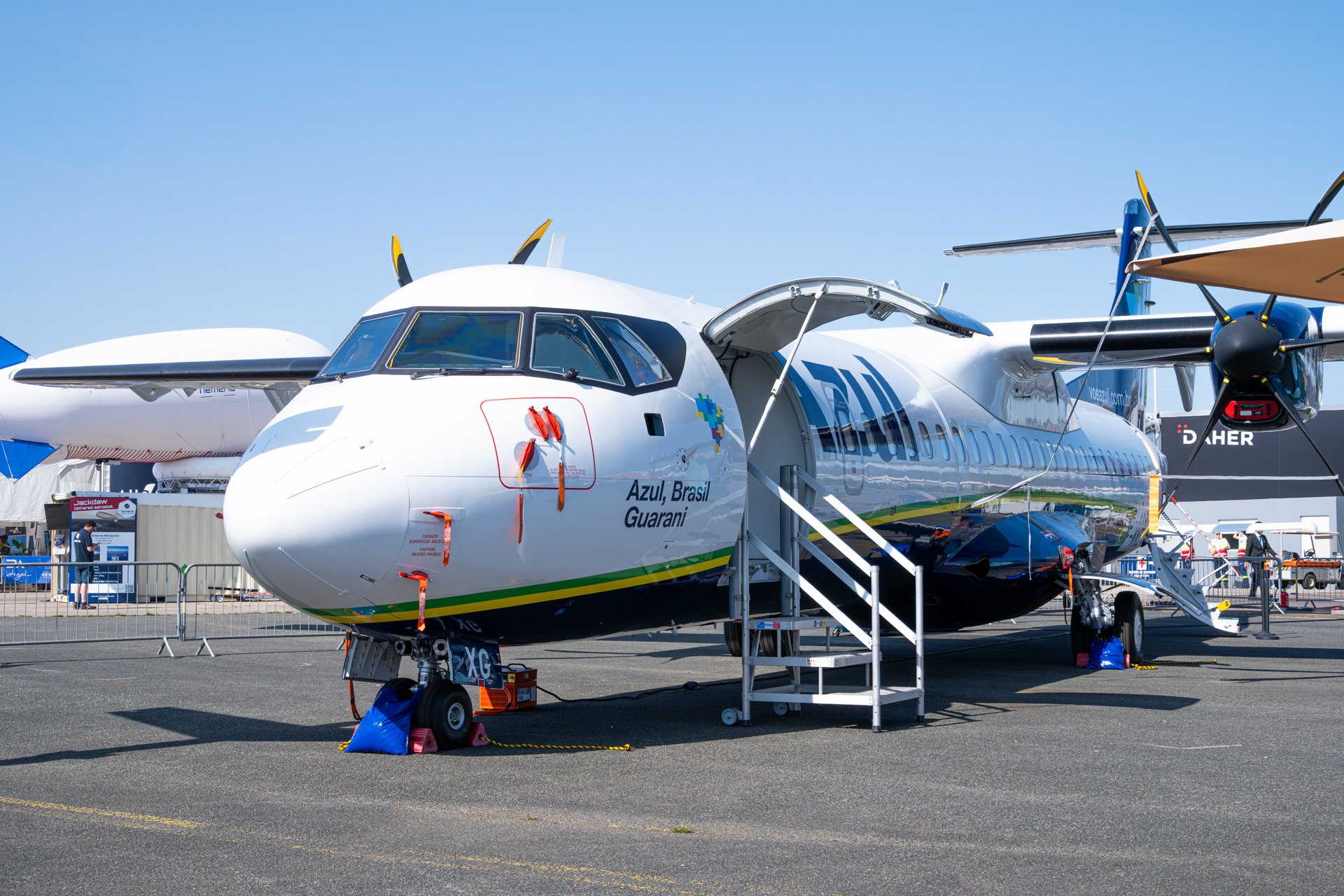
The aircraft features a 2-2 layout accommodating up to 78 passengers.

The seat design was entrusted to Geven, an Italian seat manufacturer with whom ATR has collaborated for several years, placing particular emphasis on ergonomics and customer feedback. However, ATR would also allow airlines to select seats from other suppliers, offering operators flexibility in cabin outfitting.
In its classic 2-2 configuration, the seat width—measuring 18 inches (approximately 45 cm)—is very close to, if not greater than, what is typically found on larger single-aisle aircraft such as the Airbus A220, A320, or Boeing 737. Legroom, while dependent on the operator's seat density choices, appeared sufficient for short-haul operations.
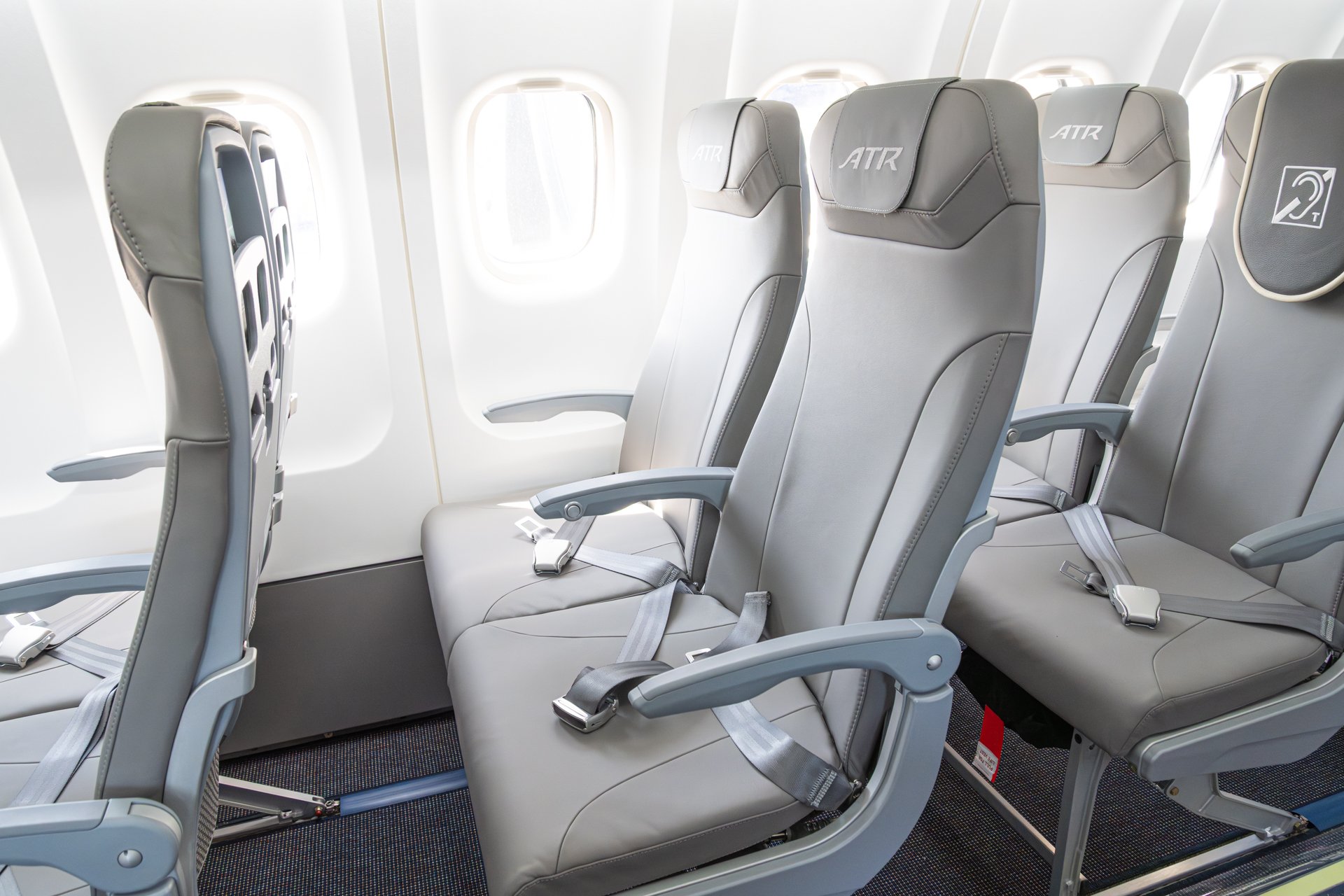
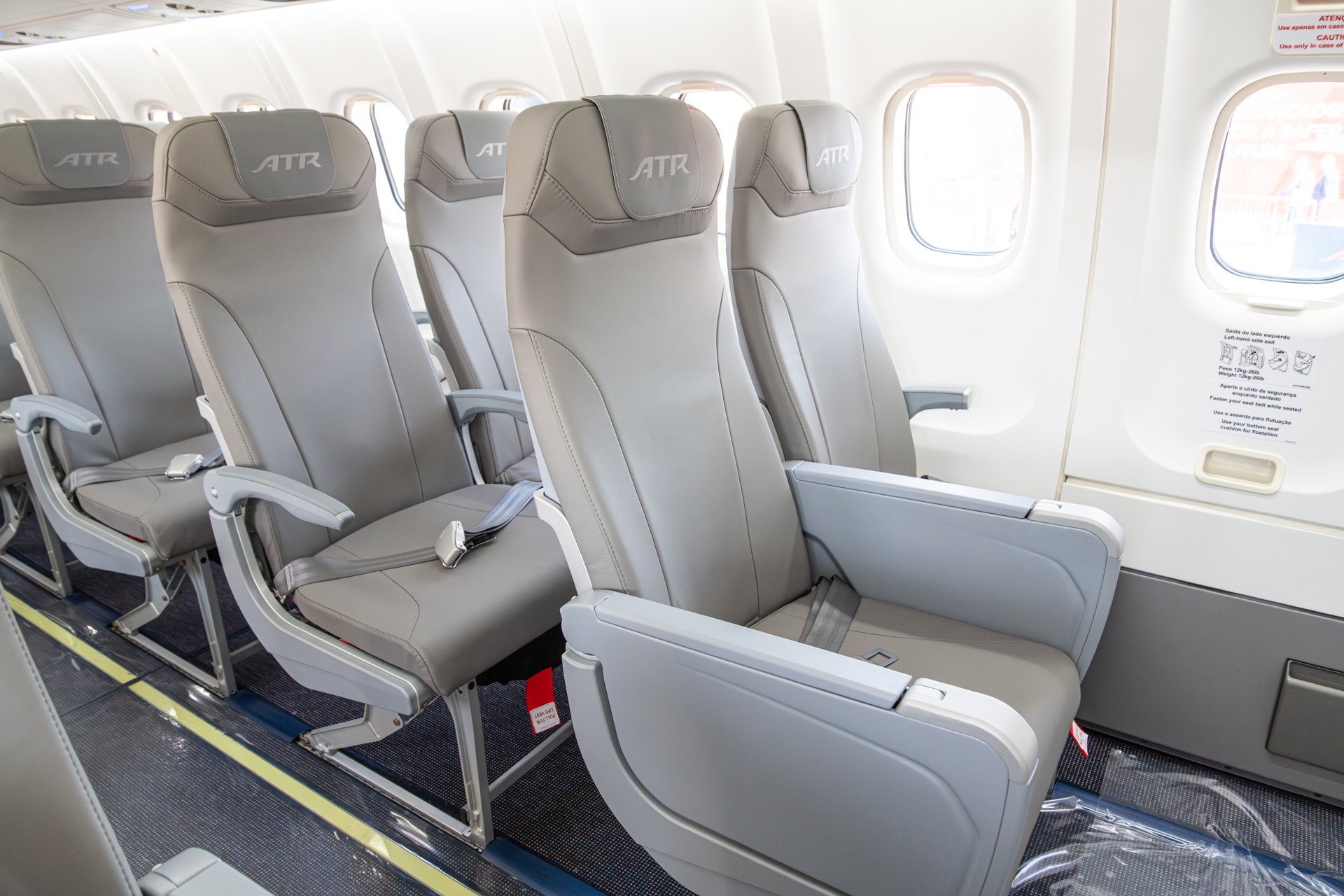
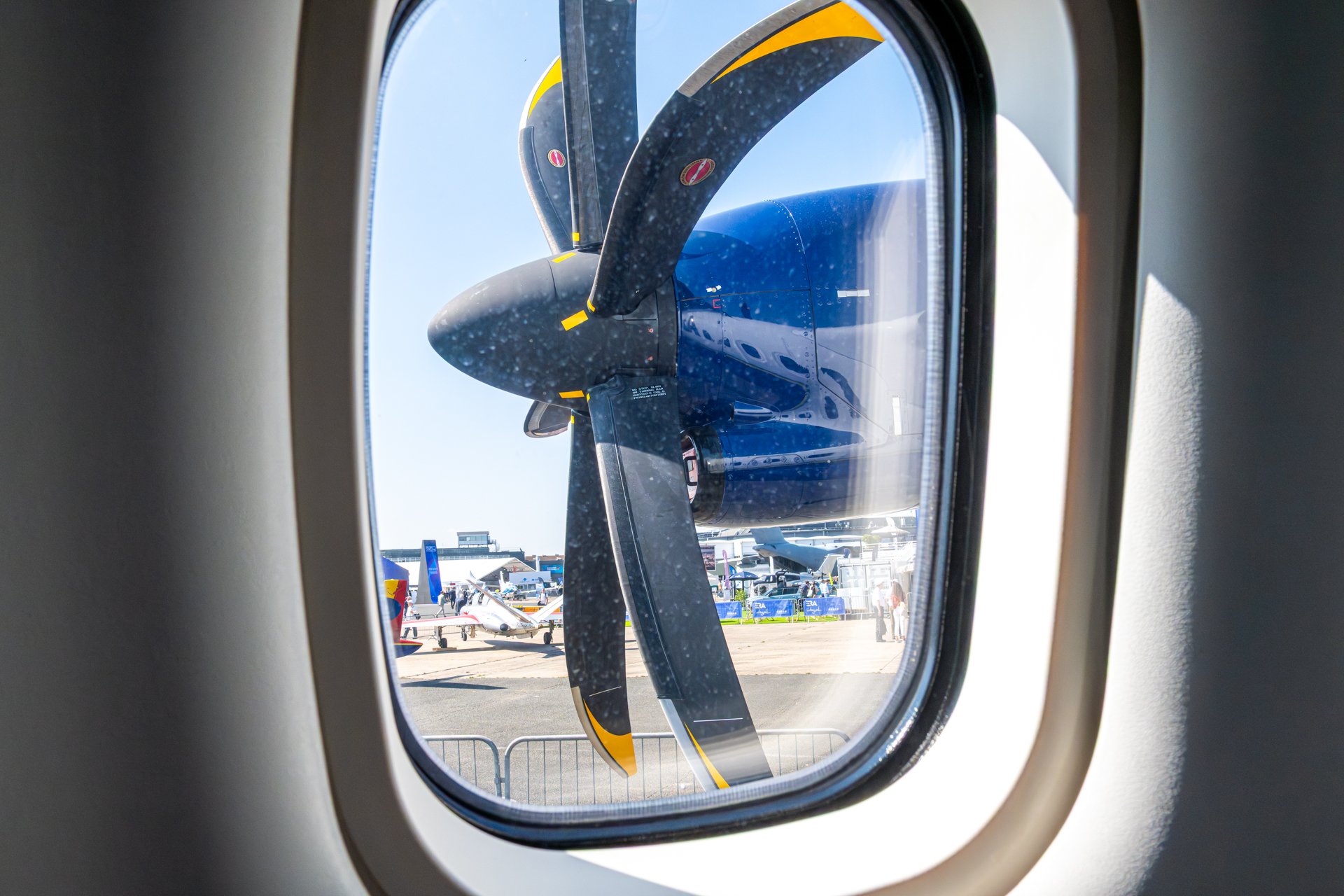
The cabin design was described as clean and contemporary, prioritizing functionality. The seats have also been reinforced to increase durability and resistance, supporting intensive daily operations across a variety of regional routes.
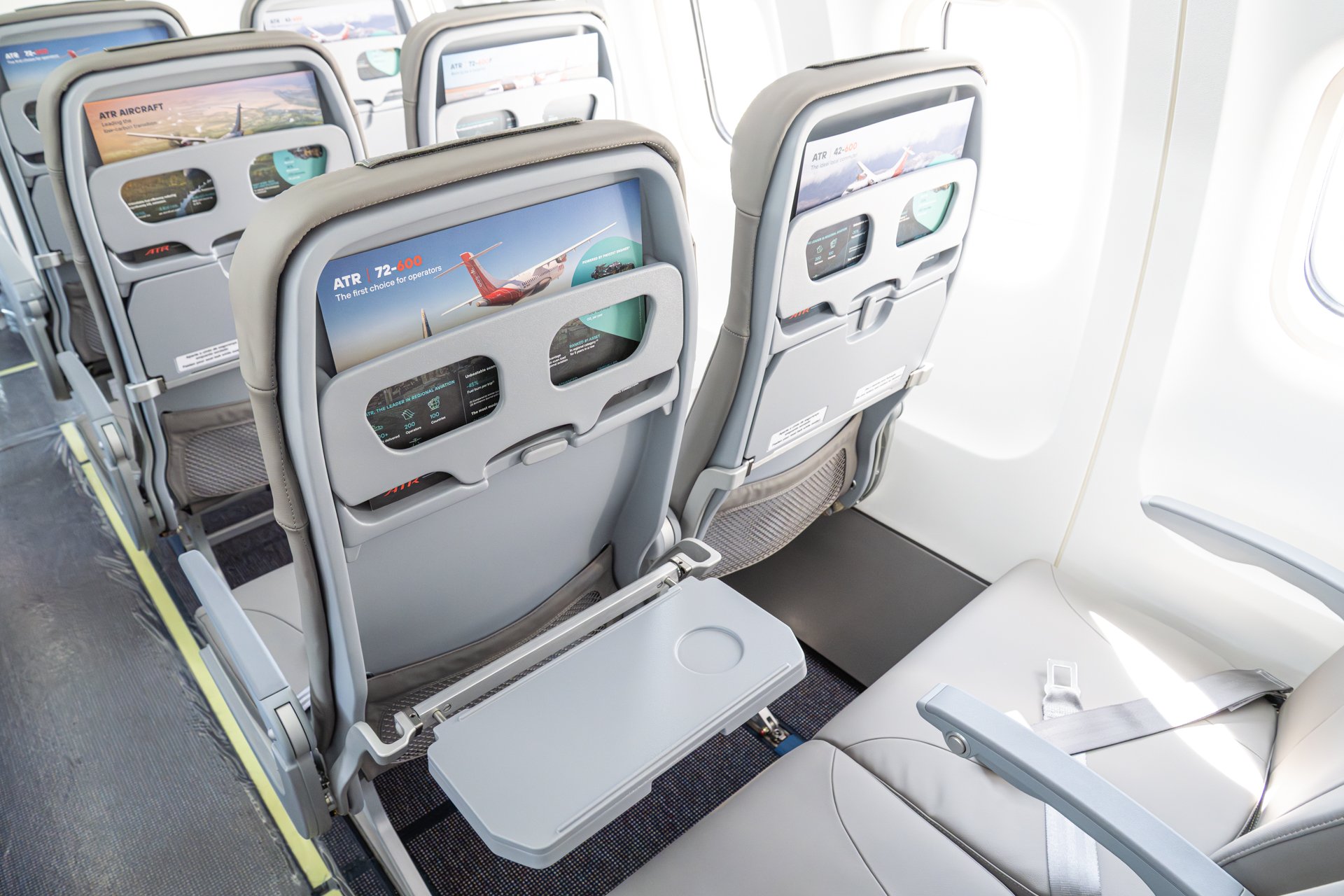

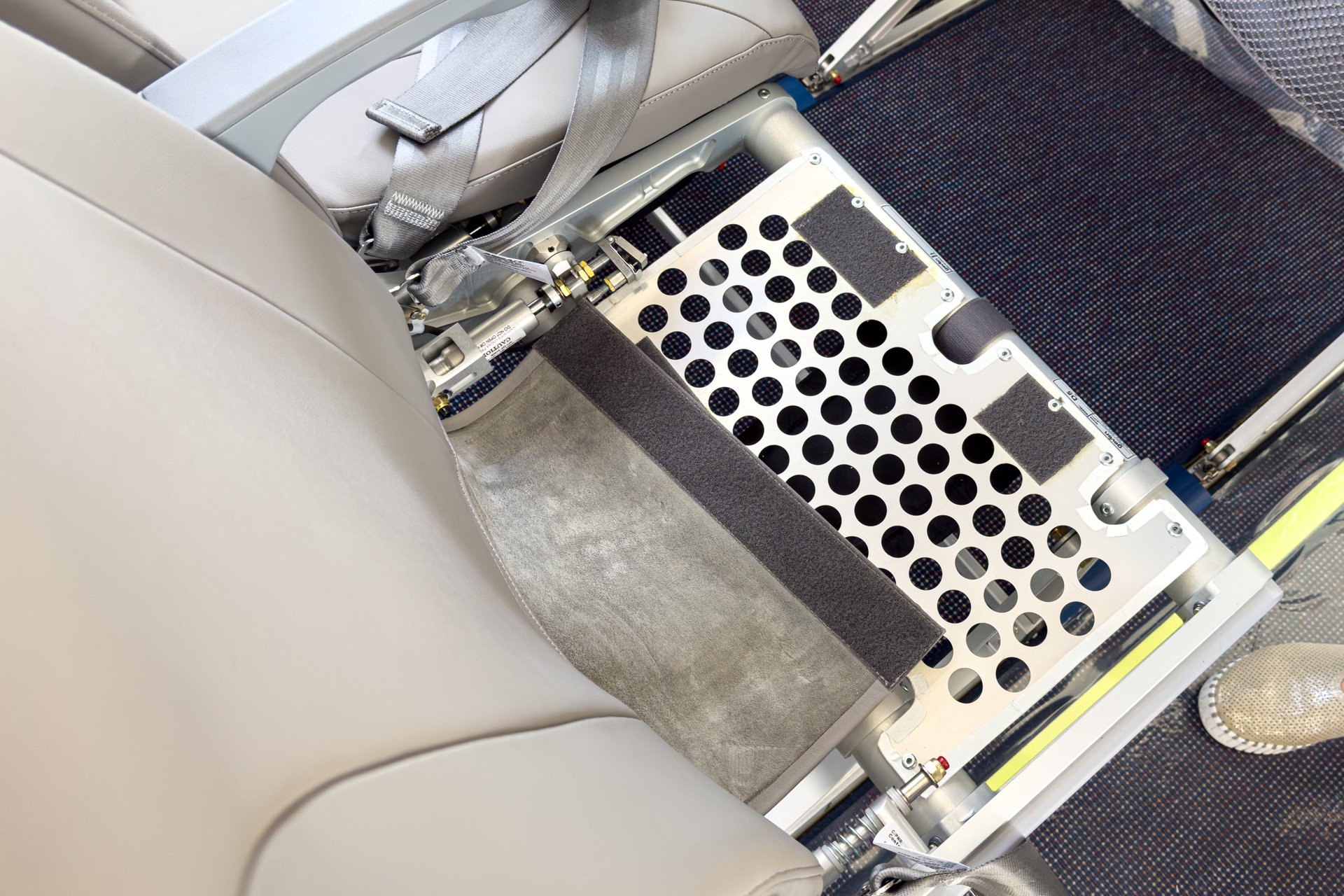
Overhead bins have been redesigned compared to the ATR 72-500 to reduce visual clutter, even when open. Accessibility enhancements were also evident: foldable armrests, and a widened aisle to accommodate mobility aids—an inclusive approach that might appeal to modern operators.
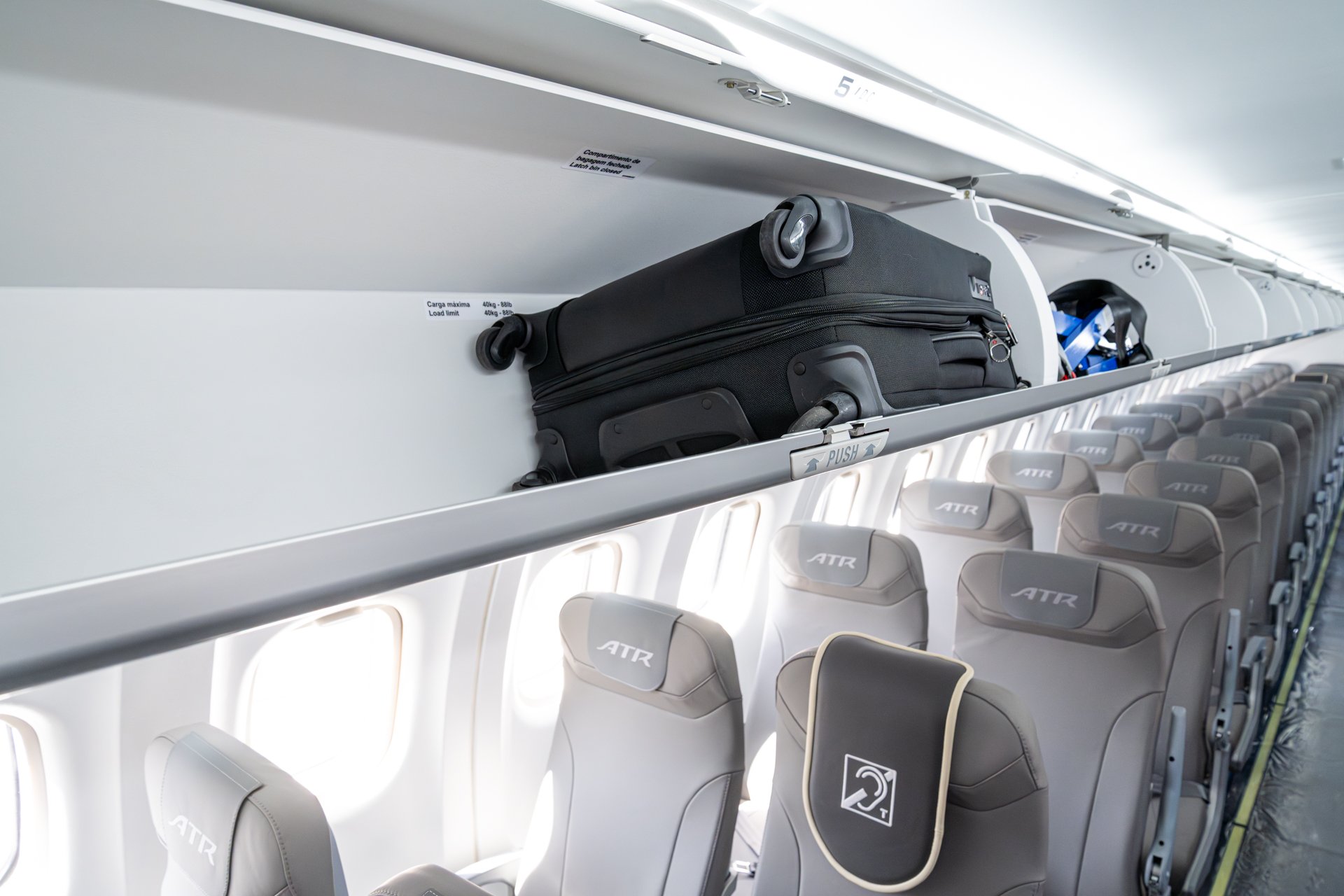
In terms of technology and connectivity, ATR aircraft could be equipped—upon operator request—with USB ports (Type A or C). Notably, future compatibility with Starlink satellite connectivity is expected to allow for full onboard Wi-Fi coverage. Air New Zealand is set to become the first carrier to integrate this feature on ATRs, with retrofit availability planned for both ATR 72-500 and -600 models.
A local intranet-based streaming solution is another option available, offering inflight entertainment (IFE) such as movies, music, and flight information. Some operators might also consider enabling internal messaging between passengers and crew via this system.
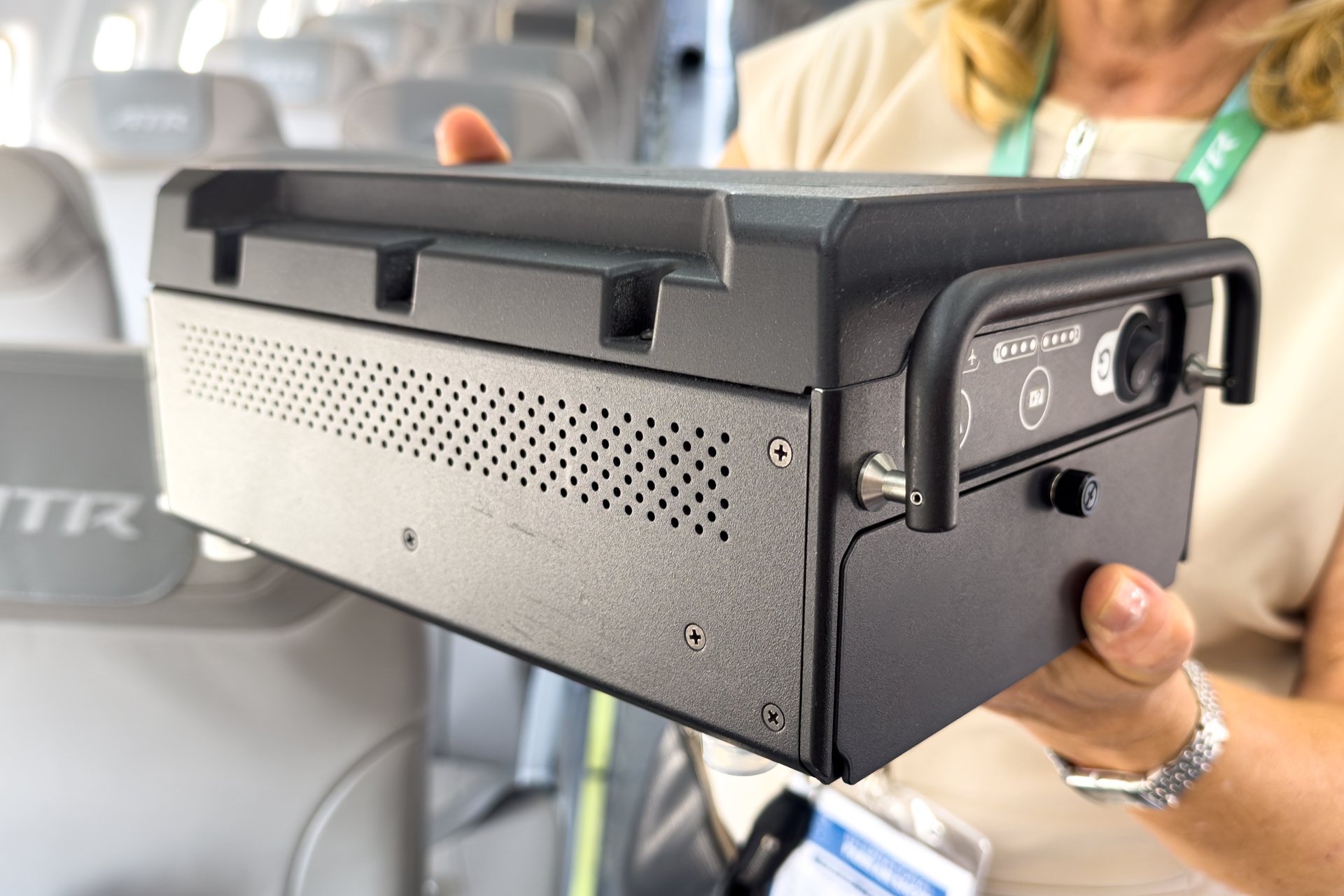
As a natural extension of its move upmarket, ATR used the Paris Air Show to present the mock-up of its HighLine concept—a new offering intended to reposition its aircraft for operators seeking a more premium experience. The concept would apply to both ATR 42-600 and 72-600 aircraft.
The goal appears clear: to meet a niche demand from operators aiming to provide regional Business Class service or even full-Business Class configurations for high-end charter flights. The idea would be to enable seamless service continuity between premium long-haul travel and regional connections operated by turboprops.
This is the positioning chosen by Berjaya Air, a Malaysian charter airline owned by the eponymous hotel group, which plans to connect its luxury resorts using ATR 72-600s configured in 100% Business Class according to the HighLine concept. Entry into service is expected within the coming months. Air Tahiti has also recently announced that one of its upcoming ATR 72-600s on order will be fitted with the ATR HighLine All-Business Class cabin, offering an ultra-premium service between the islands of French Polynesia.
The ATR HighLine concept includes several complementary modules.
Business ETEREA: a 1-1 seat configuration featuring seats over 21 inches (53 cm) wide—comparable to private jet standards. This solution would offer enhanced comfort onboard a more responsible aircraft while maintaining a cabin volume aligned with larger business aviation platforms.


Premium X-SPACE TABLE: a more flexible module designed to add a minibar and table next to an existing seat without modifying the entire cabin. This solution could allow operators to quickly reconfigure a high-density 2-2 layout into a more exclusive 1-1 configuration, offering seat widths on par with some long-haul Business Class products.
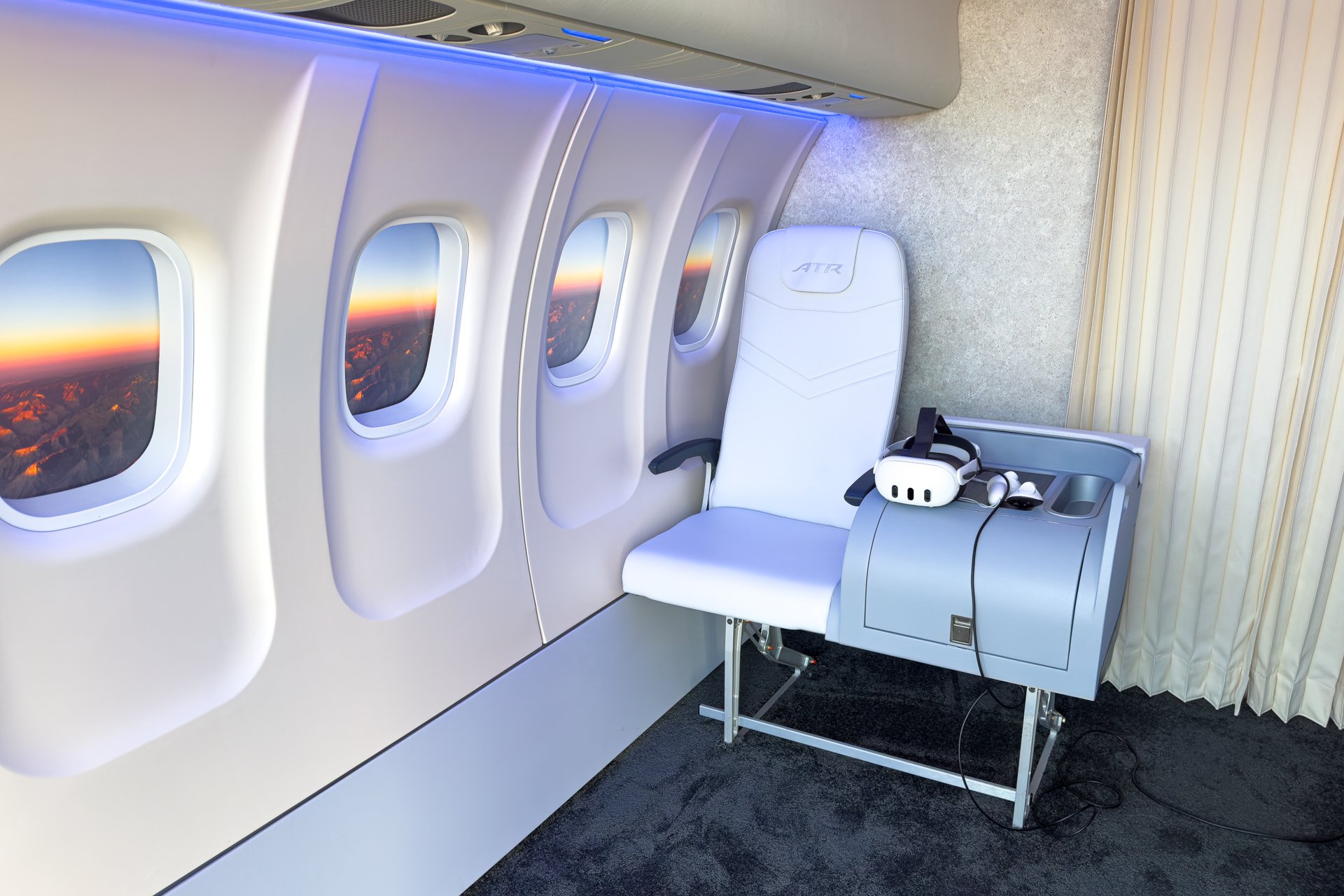

Additional options under study include a 2-1 premium seat layout and the integration of “Executive” seats similar to those found in private jets. A three-class layout with approximately 50 seats might also be considered for certain markets.
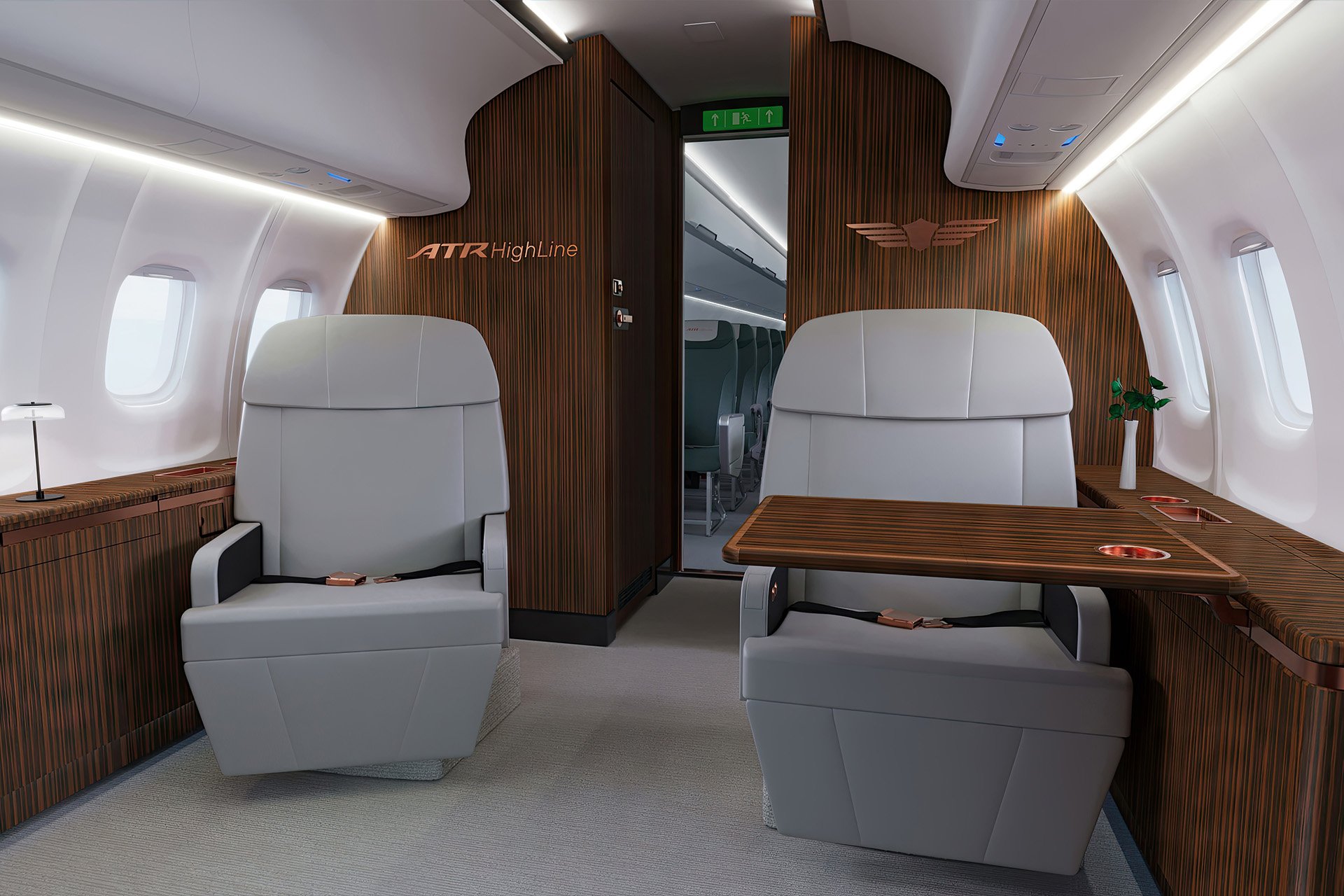

Finally, ATR is evaluating the potential to reposition the main boarding door to the front of the aircraft—an adaptation that could better align with premium operational standards. As ATR emphasizes, these developments would remain fully guided by operator demand. Rather than offering a one-size-fits-all solution, the manufacturer proposes a range of options, with flexibility as the key driver in meeting airline expectations.
As environmental impact becomes a growing concern for travelers, ATR continues to assert its leadership in regional aviation through fuel-efficient design.
Compared to the Embraer 175—currently ATR's only active competitor in production (with the modernized E175-E2 not expected before 2029)—ATR maintains a clear advantage. Its turboprop engines consume up to 45% less fuel than comparable regional jets. Moreover, the aircraft cruises at lower altitudes (around 25,000 feet), which could reduce the formation of contrails—a non-negligible factor in climate impact.
ATR is also actively engaged in promoting sustainable aviation fuel (SAF). Flight tests using 100% SAF have already demonstrated full technical compatibility. While SAF availability remains limited for now, several operators are already using it in partial blends—Amelia and Braathens Regional Airlines for commercial operations, and Japan Airlines for ferry flights, for instance.
With its ATR 72-600 and the introduction of the HighLine concept, ATR is reaffirming its ambition to redefine the standards of regional aviation—combining efficiency, comfort, and environmental responsibility. At the 2025 Paris Air Show, the manufacturer demonstrated how turboprops, often underestimated, can offer a compelling alternative to regional jets, both in terms of operational cost and passenger experience. By listening closely to airlines' needs and providing modular, premium cabin options, ATR is positioning itself not just as a builder of aircraft, but as a forward-thinking partner for the future of sustainable regional air travel.
Featured image by Yann Arnould / Flightreviews.net